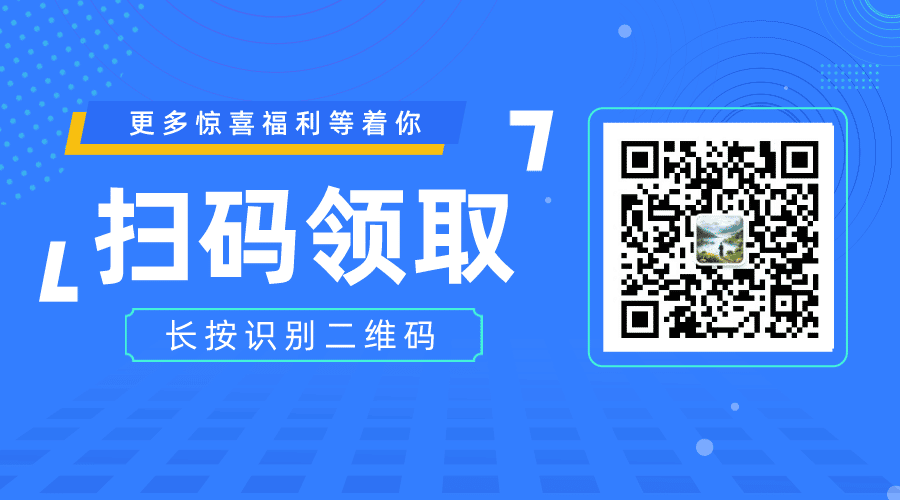
The main technical challenges faced by IoT sensor networks in carbon emission monitoring in industrial areas include the following aspects:
- Data Credibility and Consistency Issues: Companies face issues such as large data granularity, inconsistent statistical standards, and incomplete data monitoring in carbon emission monitoring, making it difficult to accurately assess carbon emission conditions and formulate routes for carbon peaking and carbon neutrality..
- Incomplete Management Systems: The dual carbon goals involve complex regulatory compliance work and require a comprehensive carbon regulatory system to support carbon emission reporting verification, carbon asset management, and carbon trading..
- Pressure for Low-Carbon Transition: Enterprises are constrained by carbon emission targets and need to reduce emissions through process optimization and the introduction of low-carbon technologies. However, traditional park enterprises find it challenging to achieve low-carbon transitions due to insufficient technical capabilities..
- Complexity of Sensor Selection and Deployment: When monitoring carbon emissions in industrial areas, the selection and deployment of sensors must consider various factors, such as sensor types (like infrared CO2 sensors, laser CO2 sensors, etc.), optimal deployment locations, and network topology design..
- Data Security and Privacy Protection: IoT devices collect and transmit large amounts of data, which may face the risk of data breaches, raising higher requirements for data privacy and security..
- Interoperability Issues of Devices: There may be compatibility issues between IoT devices of different brands and models, affecting data integration and analysis..
- Cost and Maintenance Issues: The cost and maintenance expenses of IoT devices are relatively high, which can be a significant burden, especially for small and medium-sized enterprises and developing countries..
- Standardization and Certification Issues: The lack of a unified standardization framework and certification mechanism poses challenges for the application of IoT technology in carbon emission monitoring..
- Environmental and Geographical Diversity: The geographical and environmental conditions of industrial areas are diverse, which may bring challenges to the implementation of IoT monitoring systems..
- Technical Challenges and Cost Issues: Although IoT technology has potential in carbon emission monitoring, technical challenges and cost issues still need to be addressed, especially regarding high precision and real-time monitoring..
These challenges need to be gradually overcome through technological innovation, standardization construction, policy support, and cross-departmental collaboration to promote the widespread application of IoT sensor networks in carbon emission monitoring in industrial areas.
IoT sensor networks can improve the credibility and consistency of data in carbon emission monitoring in various ways. Here are the details:
- Real-Time Monitoring and Data Collection: IoT sensors can monitor carbon emissions in real time, ensuring that every emission point is closely monitored. This real-time data collection not only improves data timeliness but also reduces the possibility of human intervention, thereby enhancing data accuracy..
- High Precision and High Stability Sensors: Developing high-precision, high-stability carbon emission monitoring sensors is key. These sensors can provide accurate data support, ensuring the reliability of monitoring results..
- Data Communication and Collaborative Work: Constructing a sensor network to enable data communication and collaborative work among sensors ensures real-time data transmission and sharing. This network structure can improve data consistency and integrity..
- Big Data Analysis and Deep Learning: Using big data analysis techniques and deep learning models (such as CNN or LSTM) to analyze and process stored data reveals trends and causes of environmental pollution. These technologies can help identify anomalies and inconsistencies in the data, thus improving data credibility..
- Multi-Sensor Fusion: Adopting various sensors (such as infrared CO2 sensors, laser CO2 sensors, and FT-IR patrol monitoring) for data collection can improve data accuracy and reliability through multi-sensor fusion technology..
- Blockchain Technology: Establishing a blockchain-based carbon emission data storage and analysis system ensures data immutability and secure sharing. Smart contracts can automate data verification, reducing the possibility of data forgery, thus enhancing data authenticity and reliability..
- Remote Sensing Monitoring and Macro Control: Combining remote sensing monitoring technology to survey carbon emissions over large areas from the air allows for macro control of each emission area. This macro perspective can supplement the shortcomings of ground sensors, ensuring data comprehensiveness and consistency..
- Optimizing Energy Use and Reducing Waste: IoT sensors can also monitor energy consumption in real time, helping manufacturers identify areas of inefficiency, optimize energy use, and reduce energy waste, thereby lowering carbon emissions..
- Monitoring Environmental Factors: Monitoring environmental factors such as air quality, humidity, and temperature ensures optimal environmental conditions. Changes in these environmental factors may affect the accuracy of carbon emission data; real-time monitoring of these factors can improve data consistency.
